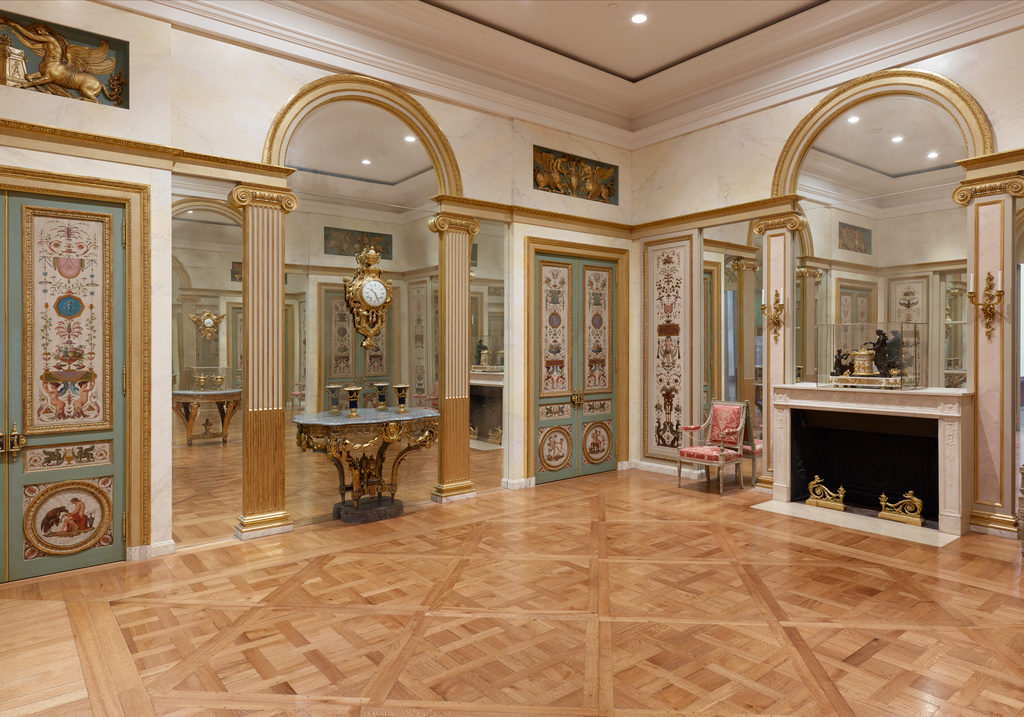As a mere museum-goer I have often longed to touch one of the beautiful artworks on display only to be stayed by a watchful security guard or cordoned off to my appropriate space by a prohibitive velvet rope. It’s in that very moment that a set of questions emerge. Who gets to know these objects on a more intimate scale? Whose hands actually get to touch these works of art? The answer to both these questions is resoundingly the museum’s conservator.
In continuation of the Oral History Center’s ongoing collaboration with The Getty Trust we are pleased to release our interview with the J. Paul Getty Museum’s longtime Senior Conservator of Decorative Arts and Sculpture, Brian Considine.

Considine recently retired from the Getty Museum, but his legacy lives on. In his over twenty years of service, Considine oversaw the creation of the museum’s decorative arts conservation laboratory, consulted on the preservation of King Tut’s tomb in Egypt, ensured the structural integrity of the museum’s many textiles, sculptures and 18th French cabinets, and managed the installation of the Getty Museum’s historical panel rooms.
A furniture maker with professional training in gilding and marquetry, Considine is an expert in the connoisseurship and conservation of 18th century French furniture and decorative arts. In other words, it’s his hands that have gilded countless furniture items from Louis XIV’s reign and felt for the rough unfinished bottoms of authentic period pieces. Conservation and craftsmanship are, after all, incredibly tactile practices.
Drawing from his experience as a furniture maker, Considine describes how he engages with furniture objects:
“You touch it. You rub it. The feel of the wood on the palm of your hand is so important. Any furniture maker will tell you—. Except like Knoll or something. But I mean any hand furniture maker will tell you that rubbing it is just so important. And the smell. The smell is a combination of the wood and the finish, but—. If the finish is a really nasty synthetic lacquer or something, it’s got this sharp, biting smell. Whereas if it’s linseed oil and wax, which is what I used, it’s got this soft, natural, rich smell.”
Considine’s interview is an important addition and resource for anyone interested in 18th century French furniture, the shifting practices of arts conservation, and the larger importance of preserving material culture from around the world. We invite you to watch the following excerpt with Considine talking about the J. Paul Getty Museum’s Ledoux panel room and read his complete oral history at the OHC website.
